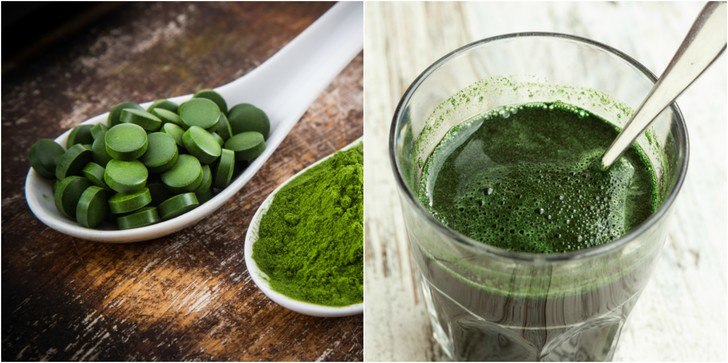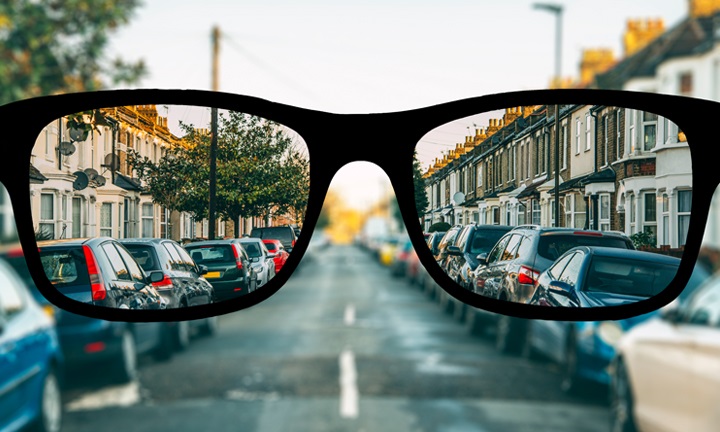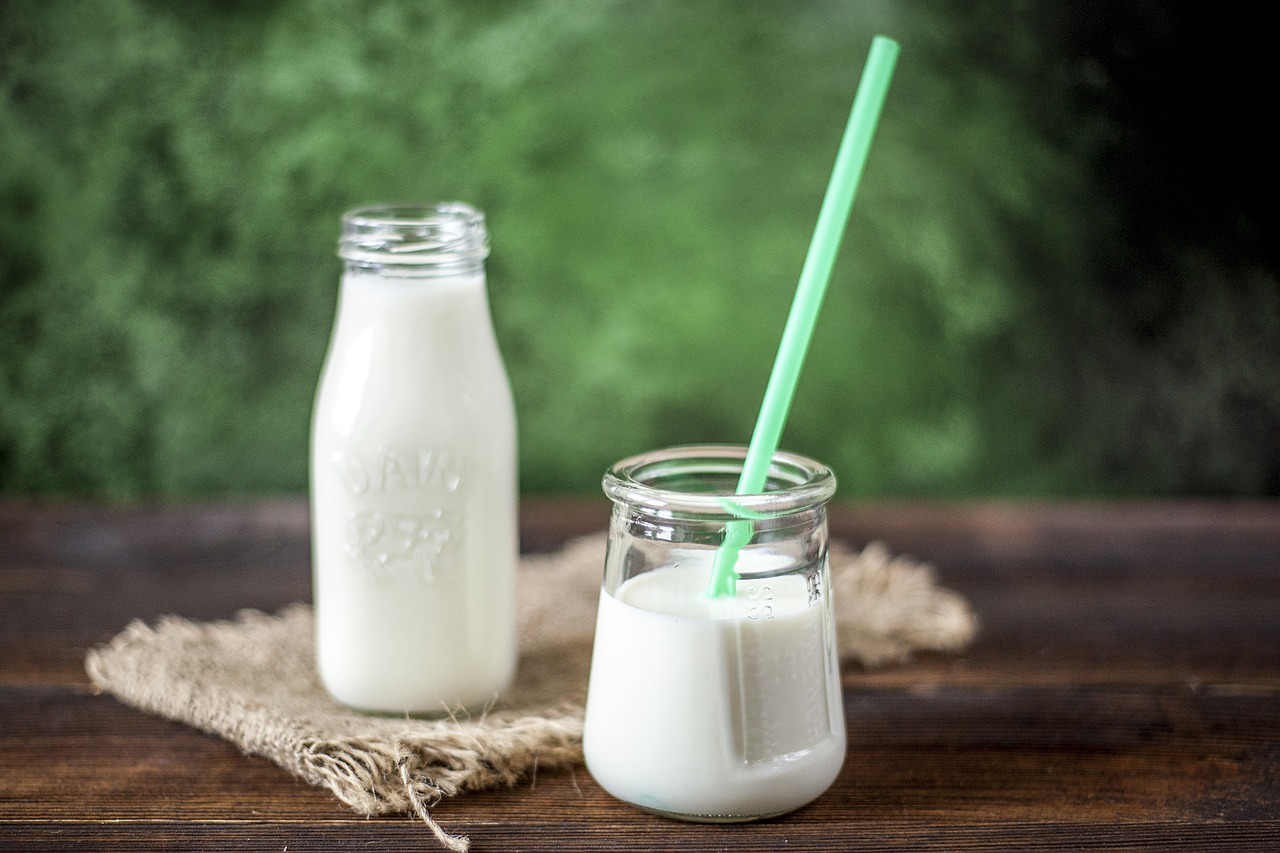The view is the sense that is responsible for perceiving through the eyes the range of electromagnetic waves that we call visible light to transform them into nerve impulses that our brain uses to interpret the environment. In this article, I will explain how to improve your eyesight and keep it naturally consuming good eye foods, doing eye exercises and putting some simple tips into practice.
How to improve your eyesight?

The most important vitamins for eyes are the A, the B1, the B2, the B6 the B12, the C, the D3 and E. The Vitamin A is especially necessary for night vision and helps prevent cataracts and macular degeneration. Cataract is the progressive loss of the transparency of the lens of the eye normally due to the passage of time.
The lens is a transparent structure of the eye with the shape of a biconvex lens whose main function is to correctly focus on the objects we see at different distances from us. The macula is an area of the retina that allows us to see the small details of an object with sharpness.
How to improve eyesight naturally
The carrot is good for the eyes because it contains vitamin A as well as spinach and Swiss chard. The vitamins B1 (thiamine), B2 (riboflavin), B6 and B12 protect the eyes from degenerative diseases. A lack of these vitamins can cause an increase in sensitivity to light and inflammation of the eyes.

In this case, I recommend that you take a good supplement rich in vitamins B1, B2, B6, and B12 . The vitamin C protects our eyes from ultraviolet radiation and helps prevent problems in the retina and lens of the eye such as cataracts.
Foods that help the eye because of its high content of vitamin C are guava, black currant, red pepper, parsley, kiwi, kale, strawberries, broccoli, and organic oranges.
High-quality supplement with vitamin D3
The vitamin D3, also known as the sunshine vitamin, because you can get to expose to ultraviolet radiation thereof, decreases inflammation of the retina, rejuvenates the eye and improves visual function according to this scientific study.

In the rest of the months of the year, it may be necessary from 7 minutes a day from noon in July to 31 minutes a day at noon in October.
Experts say that in winter, due to a low exposure of our skin to ultraviolet radiation, the ideal is to take 3000 to 5000 IU (International Units) daily supplement of vitamin D3 for adults.
Vitamin D3 is a powerful antioxidant that helps to prevent or delay diseases such as cataracts or macular degeneration (AMD).
Some foods that contain vitamin E in significant amounts are avocado, spinach, Swiss chard, almonds, and peanuts.
Other nutrients for the eyes

In addition to all these vitamins, it is important to take Lutein, Zeaxanthin, Zinc and Omega 3 DHA to maintain good vision.
The Lutein and zeaxanthin are pigments found in large quantities in our retina and serve to protect us from excessive ultraviolet radiation.
The retina covers the inner surface of the eye, and in it, the light reflected by the objects we see is transformed into nerve impulses that will be sent to the brain through the optic nerve to interpret those objects.
We can find Lutein in spinach , broccoli , zucchini , peach , grapes , oranges and Chlorella algae .
High-quality chlorella alga for the eyes

The zeaxanthin can find it in the kale, the spinach, the turnip, the broccoli, and peas. The Zinc is an essential mineral that helps the eye to absorb vitamin A as necessary for vision. Some foods that contain zinc in significant quantities are pumpkin seeds, the nuts, the almonds, and oatmeal.
Omega 3 fatty acids, especially the omega 3 DHA type, prevent macular degeneration associated with age.
In this case, I recommend that you take a good supplement of Omega 3 EPA /DHA.
List of foods to improve vision and maintain it
Fruits
- guava
- blackcurrant
- kiwi
- strawberry
- orange
- avocado
- peach
- grape
Nuts
- almond
- peanut hazelnut
- pumpkin pie
Vegetables
- carrot
- spinach
- chard
- red pepper
- parsley
- curly cabbage
- broccoli turnip
- courgette pea
Other foods
- Chlorella seaweed
- Oat flakes
Most common vision problems
To understand the most common vision problems, we have to understand briefly how a healthy eye works. A healthy eye makes the light reflected by the objects we see converge just above the retina.

Myopia
Myopia is a disease of the eye that produces blurred vision when looking at distant objects because the light reflected reflects a little before the retina and not just above it. However, a person with myopia can see objects that are close to her.
Hyperopia
Hyperopia is a defect of the eye that makes it difficult to see nearby objects clearly because the light reflected reflects a little behind the retina and not just above it.
Astigmatism
It is a big problem of the eye that consists of an irregular curvature of the cornea that usually causes blurred or distorted perception when looking at distant or nearby objects. The cornea is a transparent membrane that is in front of the iris of the eye.
In astigmatism, the light that objects reflect when looking at them converges in more than one point instead of converging only on the retina.
Presbyopia
Presbyopia, also known as tired eyesight, is a defect of the eye that consists in the difficulty to see nearby objects due to a loss of lens elasticity that happens over the years. Presbyopia usually appears from 45 years old onwards.
According to ophthalmologist William Horatio Bates, after having examined hundreds of thousands of eyes, these 4 most common vision problems that we have described are mainly due to excessive eye strain that could be corrected to some extent through the relaxation of the extrinsic muscles Of the eye.
In any case, the following eye exercises that I will show you if they are going to help you reduce the eye strain that we suffer so often today due to the abuse of the screens of mobile phones, computers, and tablets.
Exercises for the eyes

This exercise consists of massaging 4 points located around each eye to relax the view. These 4 points are the cheekbones, the temples, the eyebrows and the bridge of the nose.
Sit comfortably, close your eyes, relax your face and jaw, and with your fingertips, begin to slowly and gently make circles on your cheekbones in a sense for 4 conscious breaths.
Next, keep doing circles slowly and gently on your cheekbones in the opposite direction for 4 more conscious breaths. Now make circles on your temples in one direction for 4 more conscious breaths.
For every hour that you watch the screen of the mobile, computer or tablet, I recommend that you rest for 5 minutes the view. You can take advantage of some of these breaks to do some of the exercises for the eyes that I have shown you. Blinking, yawning and laughing will often help you relax your eyes and keep them well lubricated.




